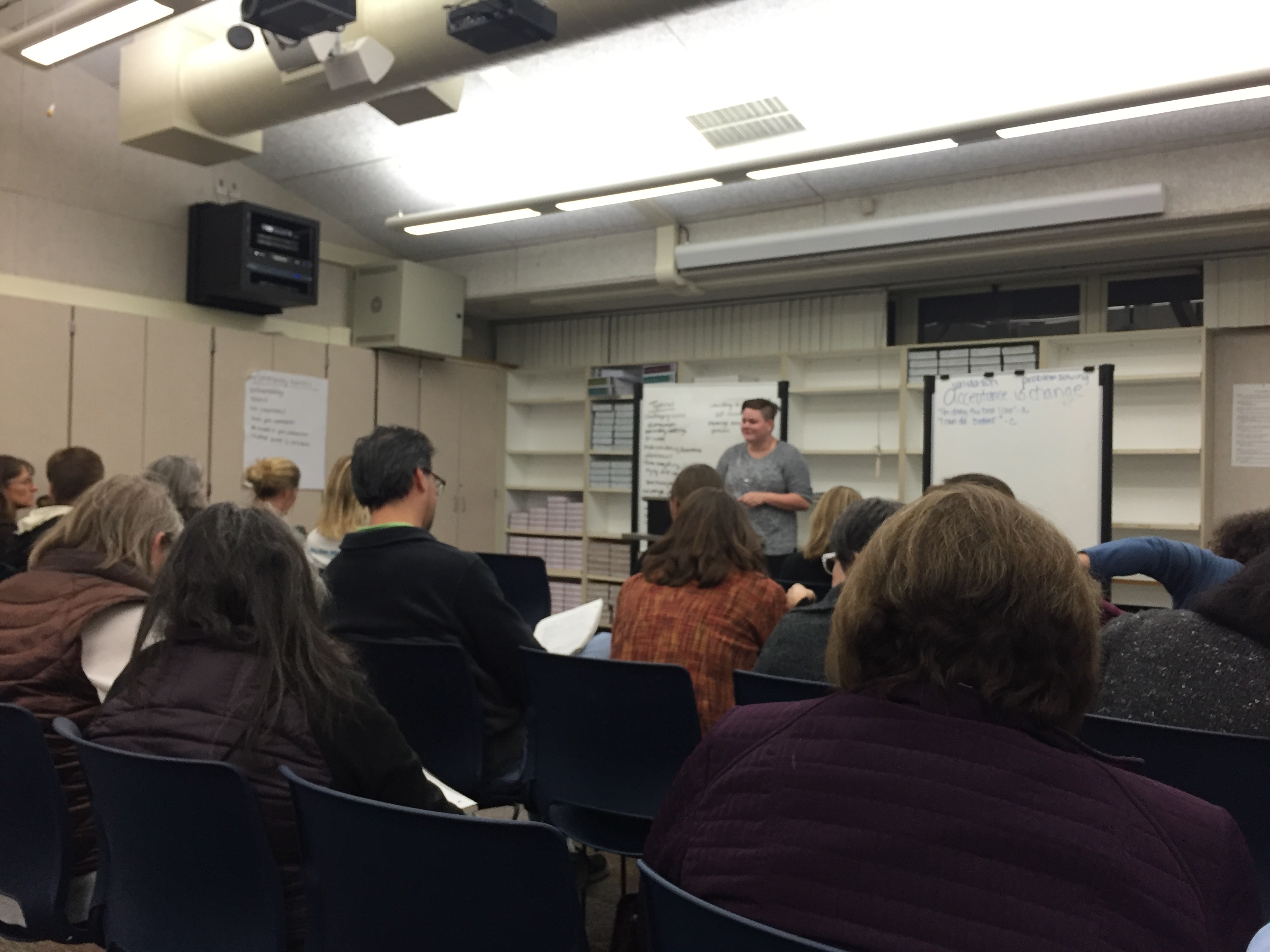It’s your creek, lend a hand: Putah Creek under construction
If you’ve been to the UC Davis campus, you’ve seen the fork of Putah Creek that passes through the Arboretum. If you’ve participated in an outdoors-y summer camp, you’ve dipped your toes into the creek. If you’ve taken Zoology and Botany, you’ve prowled along its banks in a desperate search for bugs to complete your insect collection.
Putah Creek is more than just a geographical landmark, however. It is an important part of Davis’ watershed, and local organizations are working hard for its health. The Putah Creek Council is one such organization.
The council strives to “help connect the human community with the creek,” said Sara Sevy Tremayne, the council’s community stewardship coordinator.
On top of that goal, the council has also partnered with the Solano County Water Agency to complete two large restoration projects on the creek.
One project focuses on replanting the creek’s banks with native vegetation where illegal off-highway vehicles (OHVs) have destroyed the greenery. The California State Parks’ Off Highway Vehicle program funds this project, according to the council’s website.
This project still has two years to go until completion.
It can be seen in progress where the creek crosses under County Road 98. Growing plants line the creek’s south bank, each one ensconced in a plastic column. Hay surrounds each column to keep moisture in and rodents out.
The Channel Realignment Project, project number two, has almost achieved completion. It aims to reform the creek’s channel so the water flows more slowly and gives more nutrients back to the floodplains.
The creek’s initial condition was undesirable, said streamkeeper Rich Marovich. Many years of use for gravel mining, sewage aeration and flood control left the creek in bad health.
Tens of thousands of cubic yards of fill material were moved into the creek. The new material was sculpted to lower the creek’s banks, narrow its channel and give it a more meandering path, according to Libby Earthman, executive director of the council.
Erosion control and native vegetation planting are the only steps left to finish this project. The California National Resources Agency’s River Parkways program will fund the project to completion.
Keeping the creek healthy through these measures is important.
“Rivers are a locus of biodiversity,” said Joan Florsheim, an associate research geologist at UCD. “Wildlife and humans depend on them.”
The health of the creek affects many levels of organisms. Everything from aquatic invertebrates to fish and birds suffer when the creek’s quality drops, according to Florsheim.
A healthy creek not only provides clean drinking water, but also acts as an important corridor for wildlife, said Deborah Elliott-Fisk, a professor of wildlife, fish and conservation biology at UCD.
The council has called for volunteers to help achieve a ‘healthy creek,’ and the community has responded. Earthman said that, at one point in the realignment project, eight to ten full days were spent netting all the native fish in the creek. With only short notice, 42 volunteers showed up.
The council’s website, however, lists many volunteering opportunities in advance. Service groups and volunteers of all ages are encouraged. In fact, “we love to work with high school students,” Earthman said.
That means you.



